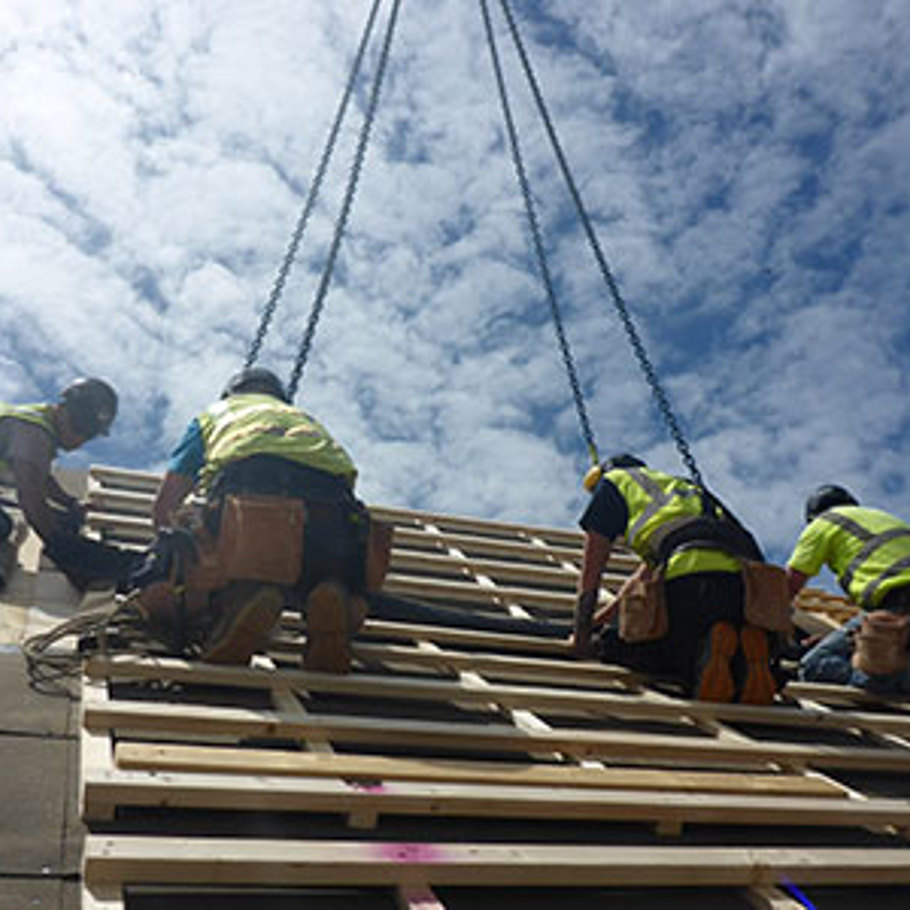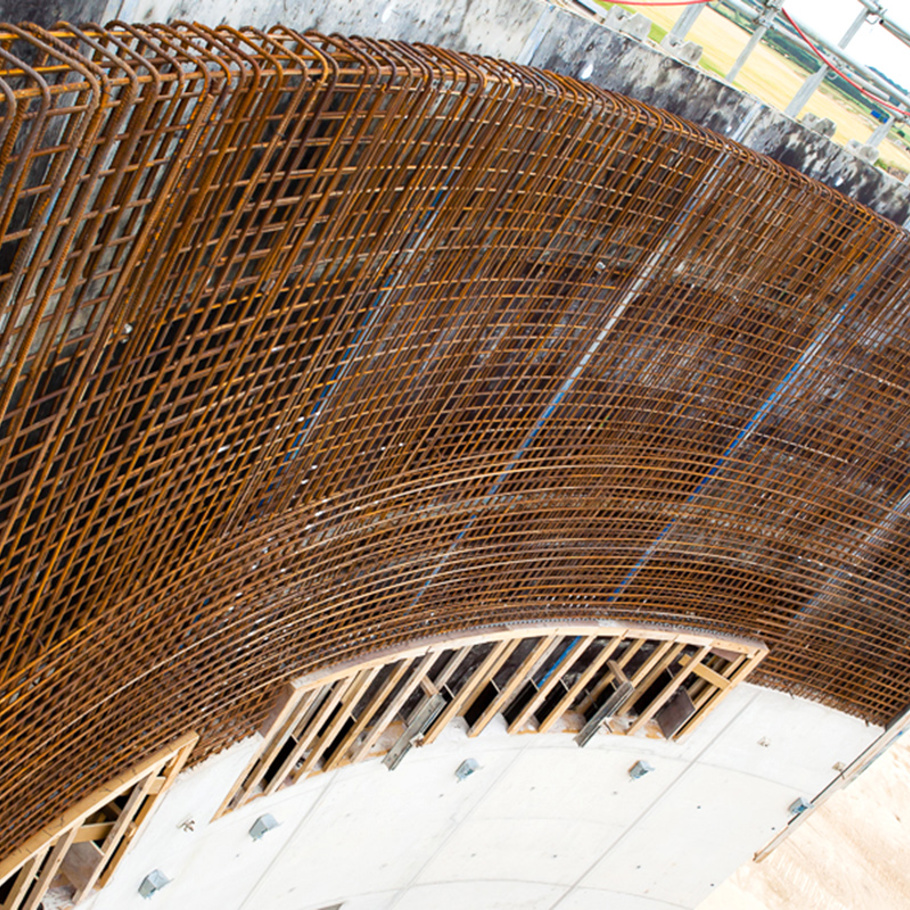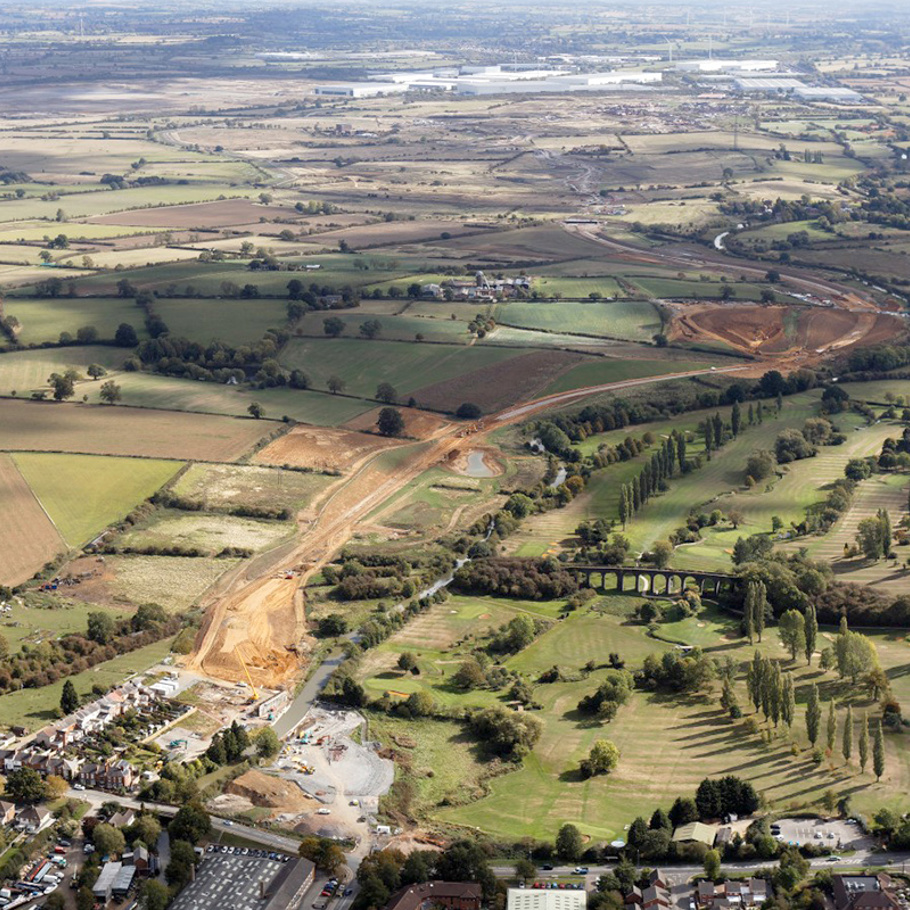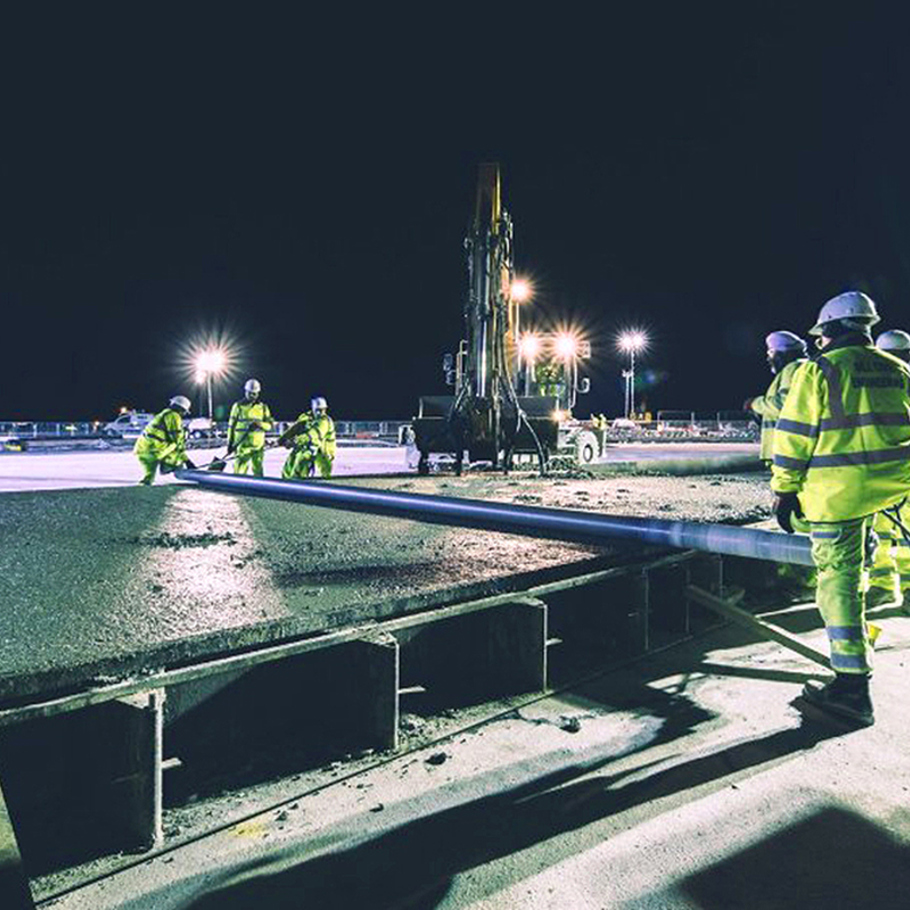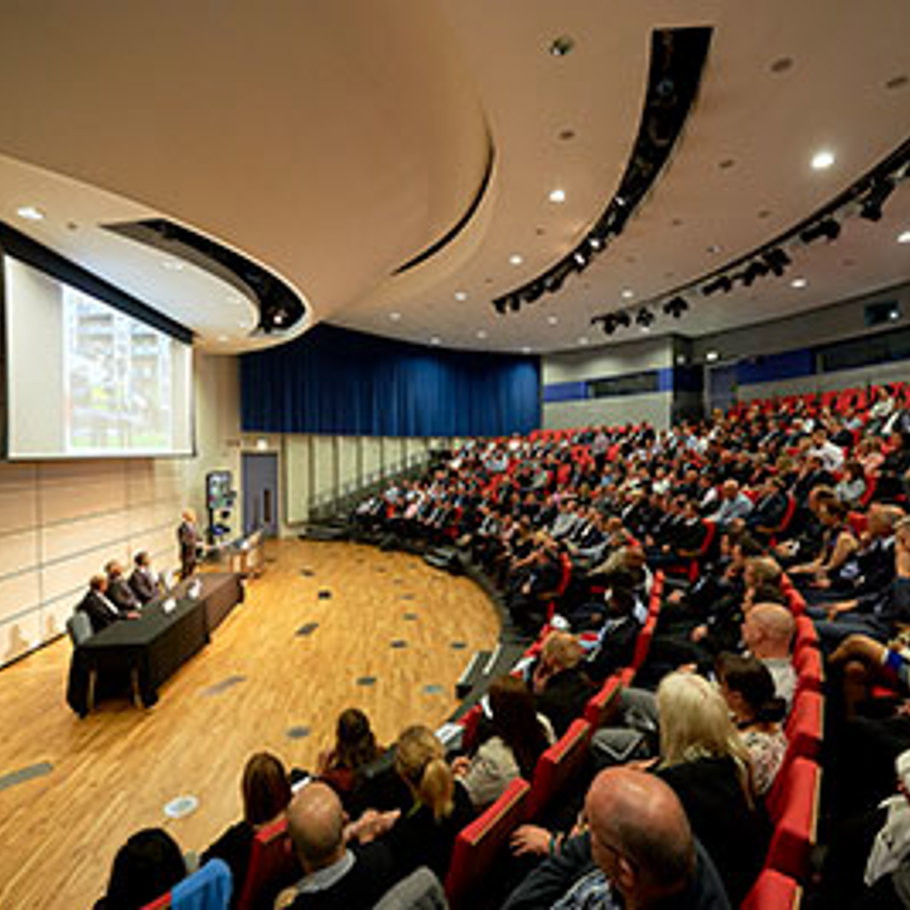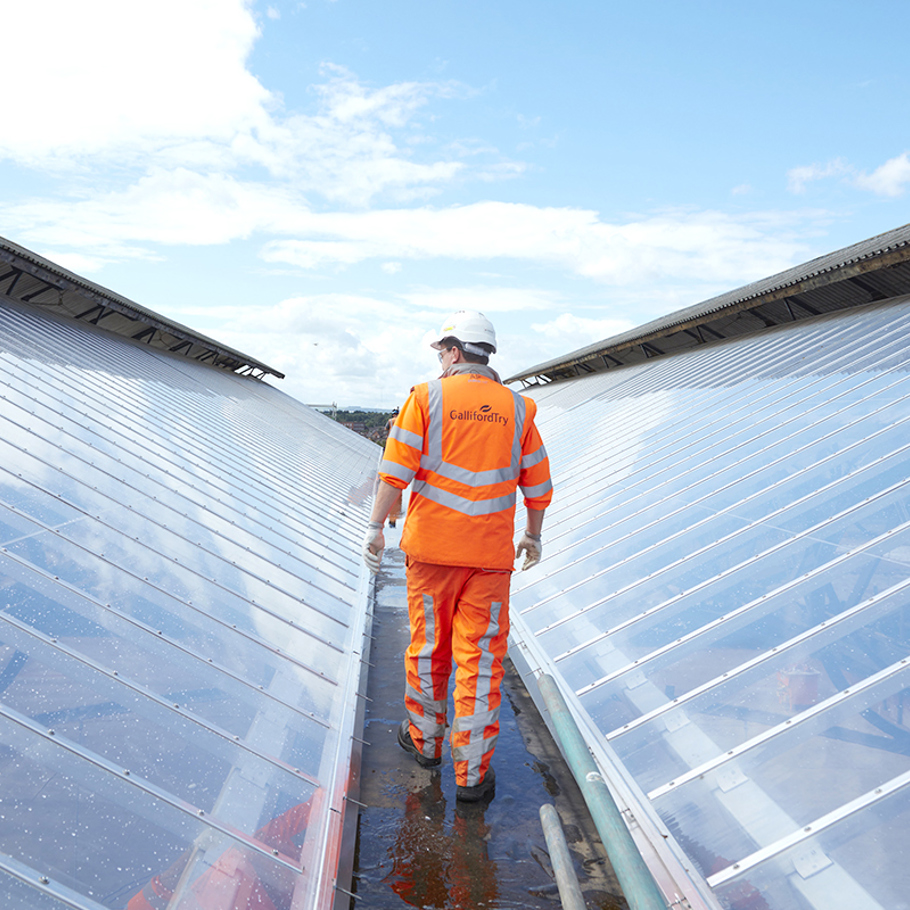Topic Awards, Innovation
Date 07 Aug 2025
Galliford Try’s Innovation team is proud to announce that its ‘CoMLaG’ low carbon concrete project, delivered in collaboration with Cemex, the University of Manchester, Northumbrian Water and Sika, has been shortlisted for two major awards, recognising an innovative approach to sustainable construction.
The project has been named a finalist in the ‘Best Carbon Reduction Innovation or Practice’ category at the Building Innovation Awards, which will take place in September. In addition, CoMLAG has been shortlisted in the ‘Carbon Conscious’ category at Northumbrian Water’s internal GEM Awards, due to be held in November.
CoMLaG, which stands for Combining Micronised Limestone and Graphene, represents a significant step forward in reducing the environmental impact of concrete use in construction. The project utilises graphene as a strengthening agent to lower the amount of cement required and reduce embodied carbon without compromising performance.
These nominations highlight the strength of cross-industry collaboration and the valuable role of innovation in achieving Galliford Try’s Sustainable Growth Strategy to 2030. They also reflect our ongoing commitment to low-carbon construction solutions as we work towards net zero.
Jon de Souza, Innovation and Research Lead for Galliford Try Technical Services, commented: “Concrete is a major source of carbon emissions, with estimates suggesting its production and use is responsible for around 8% of global CO2. One issue with lower carbon concrete alternatives is that they often require longer curing periods than traditional concrete to reach the required compressive strength. This could result in project delays. The introduction of graphene-related materials can increase compressive strengths and the speed at which they are achieved.
“Our project has consisted of multiple laboratory tests carried out at Manchester University and Cemex batching plants, trialling different combinations of materials, before a live pour at a Northumbrian Water STW. This project has been a fantastic example of how innovation and collaboration across sectors can drive real change in our industry.”


